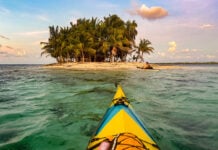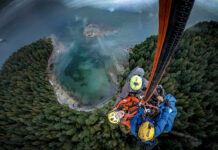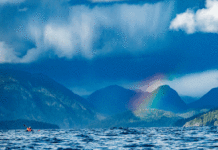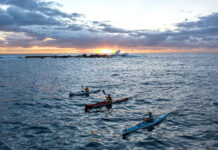My kayak glides through Manhattan. I can see the hustle and bustle, hear the noise, watch guys pour out of the subway to make a killing on Wall Street. Except I’m nowhere near New York. I’m in Browning Passage, North Vancouver Island, about as far from the Hudson as I can get in North America.
If the Big Apple was an ecosystem, it would be the intertidal zone. The rocky wall I’m paddling past is covered with tightly packed marine critters climbing on each other for space and angling to make a living in an undersea metropolis filled with aggressive type A strange characters. Welcome to the ecosystem that never sleeps.
Paddling over Manhattan: Streetwise sea life in the intertidal zone
Five boroughs
Like New York, the intertidal is divided into zones. Each has its own character. In the outer boroughs, high in the tide zone, you’re less likely to get battered by waves or eaten by predators, but you’re farther from food and it’s harder to find a mate. Mid-zone, food, water and oxygen are available, but it’s more crowded and there are more predators. Even lower down, it’s like Wall Street. Wealth (food) abounds, but the competition is vicious. You’re swimming with the sharks, in more ways than one.
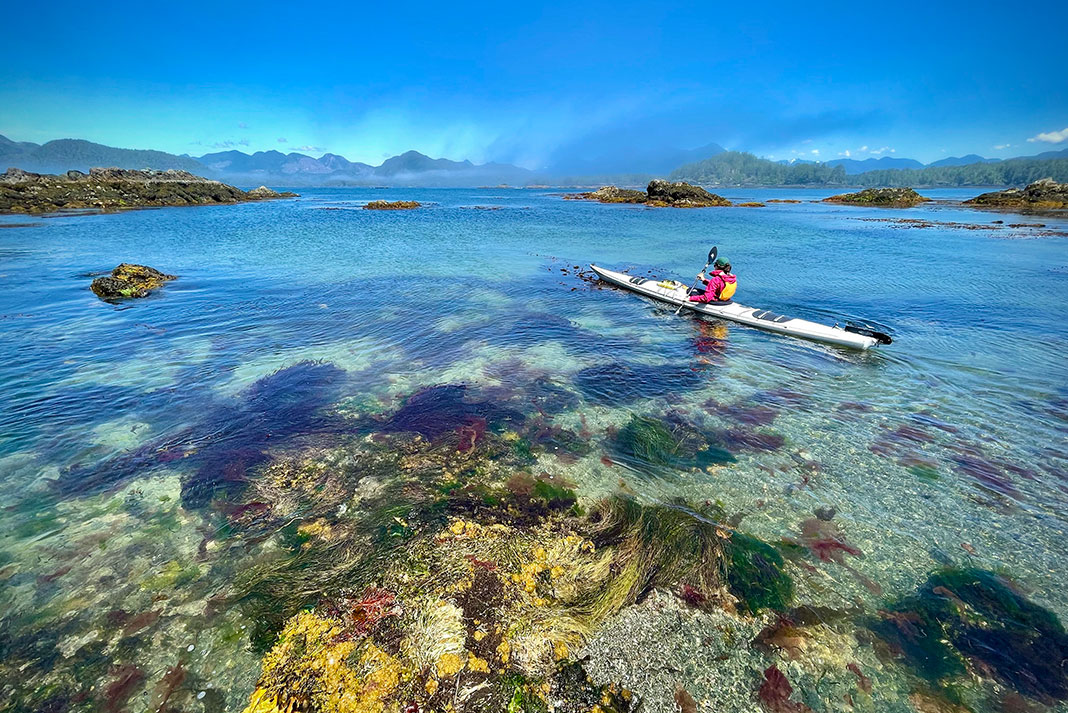
Cost of living
Intertidal real estate is as insanely pricey as lofts on Central Park West. There’s not much space between the low and high tides, and everyone wants it. Places with protection from waves, access to feeding areas, or crevices to hide in are constantly fought over. In a tidepool version of rent control, barnacles glue themselves to rocks. Meanwhile, hermit crabs fight over shells and colonies of aggregating anemones fight over unclaimed rocks like gangland turf battles. Can’t afford the nice loft? You’re relegated to the big housing projects—be on your guard.
Meanwhile, hermit crabs fight over shells and colonies of aggregating anemones fight over unclaimed rocks like gangland turf battles.
Rough characters, hustlers, artists and weirdos
You learn not to tangle with the sunflower star, the intertidal’s voracious predator. Like the hustlers on Canal Street trying to sell you a fake Rolex, anemones wave enticing tentacles, only to snatch naïve passers-by with stinging cells. Sea slugs advertise their poisonous nature with colorful punk hairdos. Decorator crabs stick seaweed to their heads…where it grows. The weirdest character is the sea cucumber—which defends itself by vomiting up its own guts, tangling predators in sticky filaments while it sneaks off to grow new intestines. The weirdos in the East Village have nothing on these guys.
Nobody owns a car
The costs of being mobile in the tidepool are higher than the benefits. If you’re not attached, you’ll get knocked off the rocks and into the gaping mouth of a wolf eel. Mussels, barnacles, sea stars and urchins attach themselves with powerful glue, strong filaments, suction and hydraulic pressure. Staying attached is critical. Get knocked off the rocks and you’re as vulnerable as a tourist wandering into the wrong section of the Bronx. You’re likely to get mugged by a sea anemone, except after it takes your wallet, it eats you.
You talkin’ to me?
In-your-face attitude is the norm. Every tidepool denizen packs a tough shell, spines, claws, stinging cells or poisonous chemicals. Sometimes it’s just a bluff: porcelain crabs brandish massive claws, which are weak and paper-thin.
If you can make it here, you can make it anywhere
Crashing waves batter you all day. You’re crammed into a few rocks with millions of your best friends and worst enemies. You’re deprived of oxygen. And you’re expected to make a living and raise kids. Something’s always trying to eat your lunch, or you. But you’re gonna wake up in the city that never sleeps…if you wake up at all.
Neil Schulman’s first article for Rapid Media was published in the Spring 2008 issue of Adventure Kayak.
Paddling into paradise—and over millions of sea creatures at each other’s throats. | Feature photo: Brendan Kowtecky



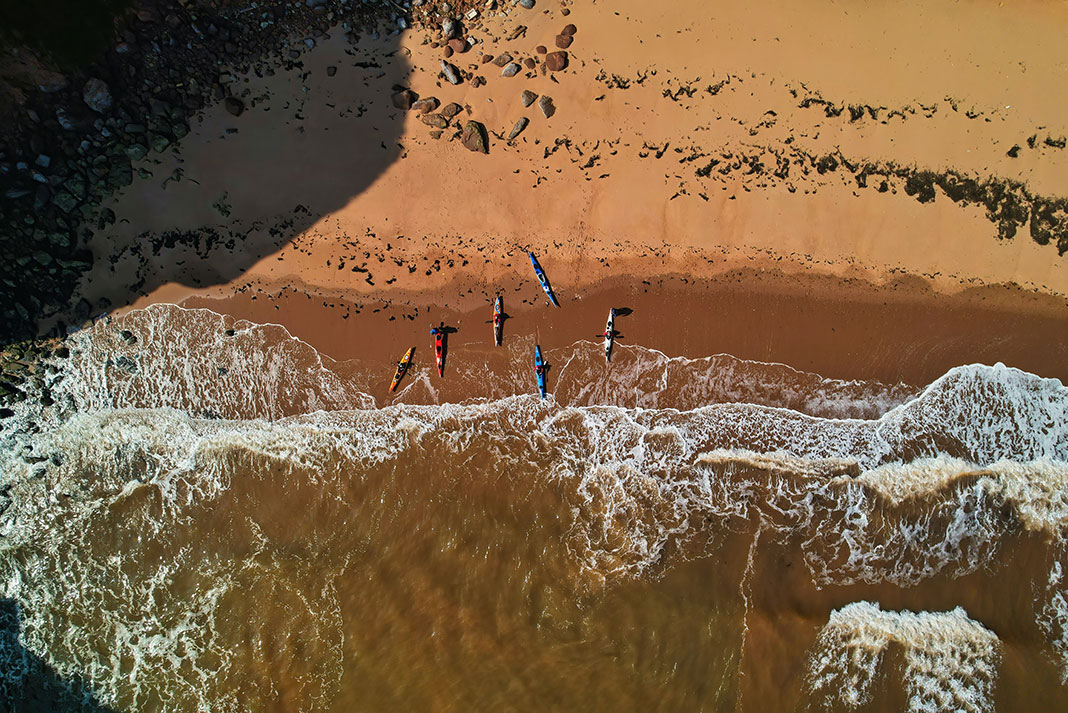
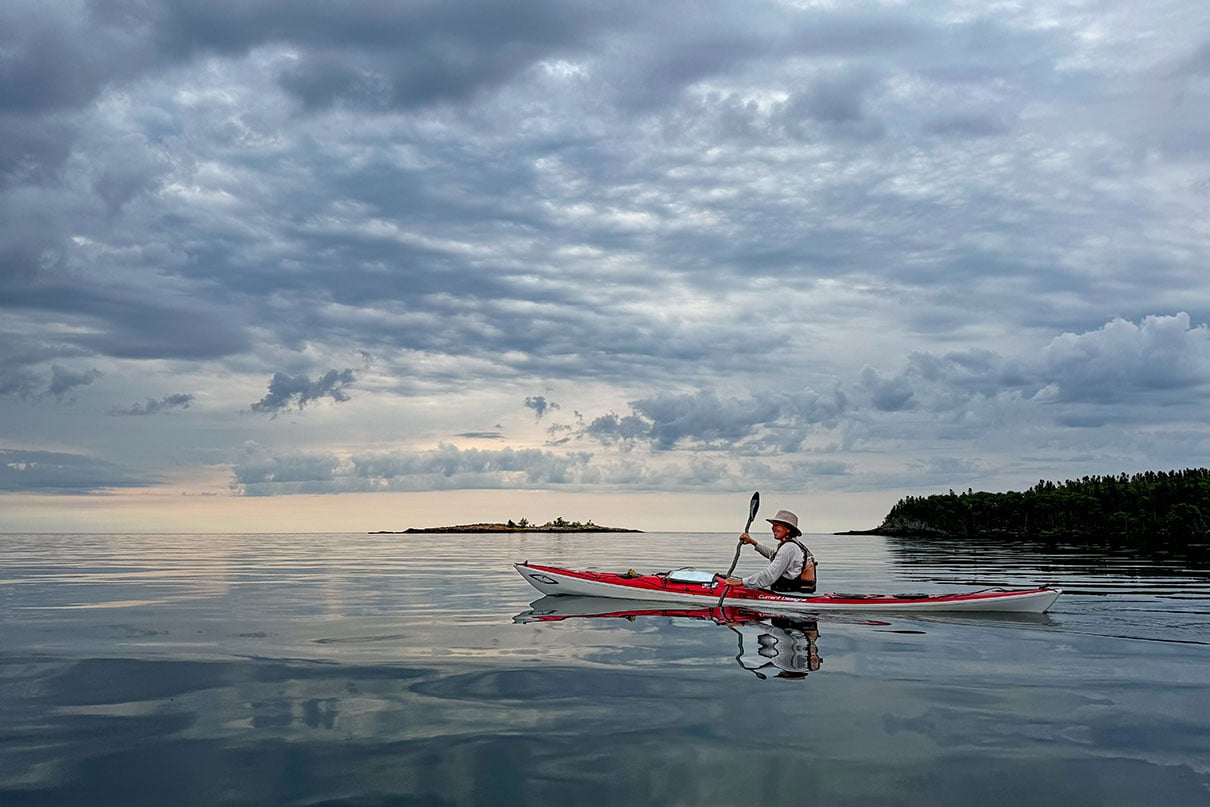
 This article was first published in the 2023 Paddling Trip Guide.
This article was first published in the 2023 Paddling Trip Guide. 